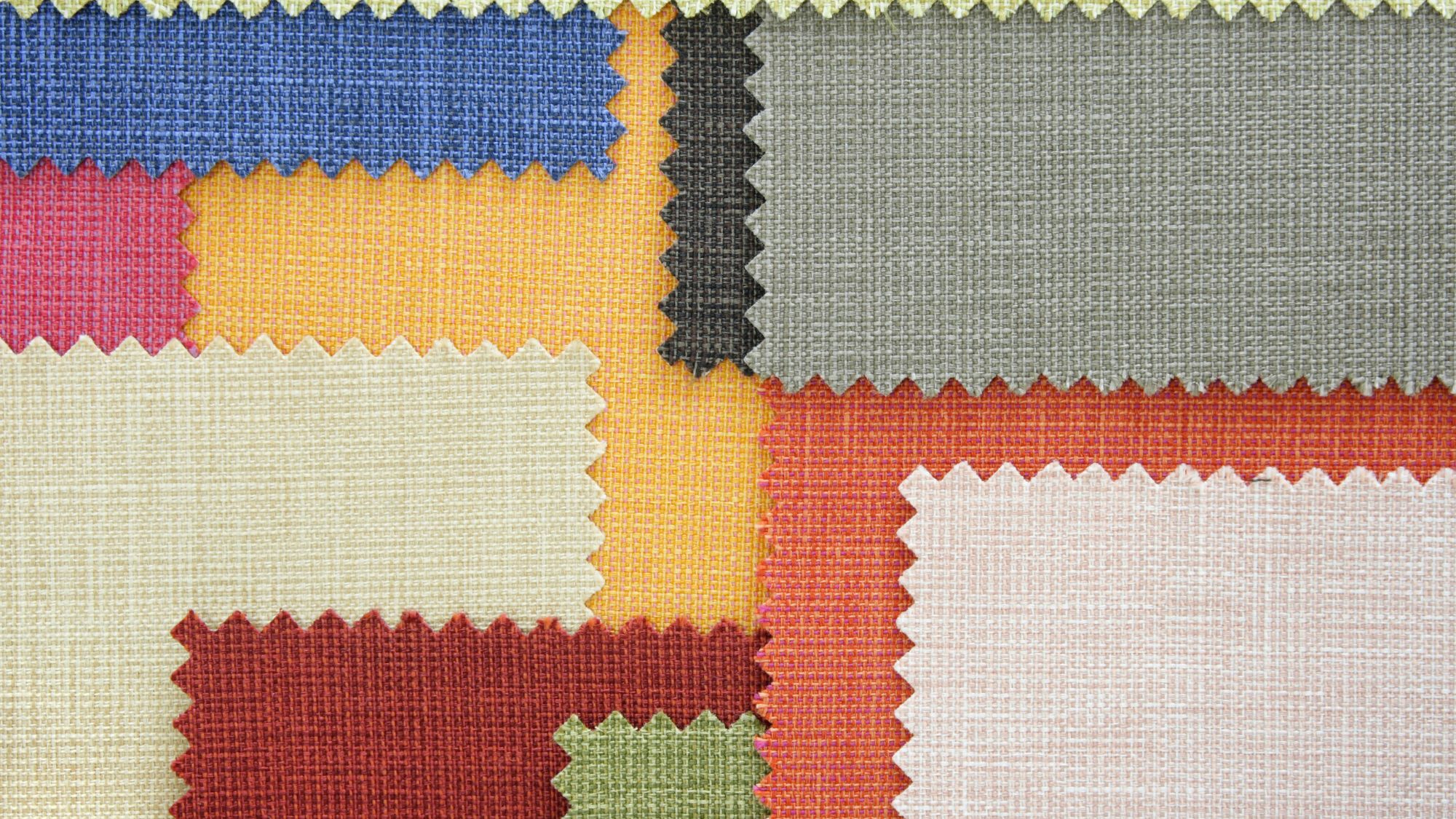Home Improvement
How Quality of Textiles Contribute to a Restful Sleep?

Each fabric has its characteristic traits which seriously impact the quality of restful sleep. Natural fibres such as cotton and linen are known to be quite breathable. Which allows the air to flow easily thus avoiding overheating. The good thing about silk is its softness against the skin. And it helps to reduce friction, which is great for those with sensitive hair or skin.
At the same time, advanced synthetic fibres of TnA wholesale fabrics are made to imitate. Or even multiply positive characteristics inherent in natural materials. Such an outcome as moisture-wicking properties that make sure that a sleeper is dry and comfortable all night long. The fabric selection is essential, as the face covered with it will directly affect the comfort level of the sea. Recommending a better and more healthy restful sleep.
Breathability and Moisture-Wicking:
In textiles, breathability is when a fabric lets moisture vapour go through itself; sweat and humidity from the human body readily evaporate due to the inventiveness of this circulating air under heat. These properties are enhanced by ‘wicking’ technologies and the like. Widely utilized in modern synthetic fabrics. Which remove moisture from skin level to make evaporation possible so as to avoid dripping on the sleeper. Such properties are essential in providing a clean, dry and comfortable sleeping space. Which leads to peaceful sleep hygiene, reducing the chance of overheating or excessive sweating that can cause night disruptors.
Softness of Textiles on Restful Sleep and Skin Health:
The soft texture of bedding fabric may contribute to the right quality of sleep. But this is also directly connected with skin health. Soft fabrics lessen the prospect of skin irritation and help make a sleeping surface that is more comfortable. Materials such as high-thread cotton, bamboo fibers and silk are much capable of unveiling a smoother relaxing touch to the skin. Thus soothing one into restful sleep. Also, it is reported that soft materials have a less frictional effect and carry forcefully registering on the skin and hair. Resulting in lesser damages to strands fewer irritations as well leading towards healthier restorative sleep.
Thermal Regulation:
Effect of Textile Materials on human body temperature during Sleep. The capacity to control the temperature of textile materials is an essential factor in promoting sound and restful sleep. That he/she can get during existence. Wools and synthetics are specially designed to have fantastic thermal regulating, keeping the sleeper warm in cool areas but cool during heat. This applies through the fibers as they trap air allowing them to insulate. Or by providing channels for sweat evaporation, cooling the body in se.
Hypoallergenic Textiles:
Hypoallergenic textiles whose core purpose is to reduce allergens that led this way may be a major distractor of restful sleep quality in various cases. Whether they are naturally lower in triggers that cause allergies. Such as bamboo and silk or cotton varieties treated to repel dust mites molds, mould spores as wells pet dander. Hypoallergenic bedding greatly reduces nighttime allergies cause symptoms like sneezing, itching and congestion. Which enables to sleep without interruptions of prescribed allergy medication during those hours. The understanding of the cognition about bed texture and color choice will have a positive effect on sleeping patterns.
First, such bedding features as color and pattern can significantly contribute to sleep improvement. Studies reveal that some colors have a calming effect on the mind which helps to get quick restful sleep. Soothing colors are usually advised such as soft dulled tones including blues, greens and pastels. Also, patterns affect someone’s mood; complex designs enliven the mind while simple or minimalist pattern are helpful for tranquility. Thus, based on the suitability of color and pattern for bedding one can achieve an atmosphere around your bedroom that is much more perfect which leads to hopefully a calmer environment where healthy and restful sleep will prevail.
Durability and Sustainability:
Investing in top-of-the -line bedding materials that are durable and will serve the sleepers for a long time is not only assures of comfort but also promotes sustainability. However, the fabric is durable and less likely to wear out through tearing or pilling as it sheds excess fibers. Most importantly although this tends not build comfort with time saving since low cost fabrics are far more comfortable in use but durability always acieves of high value.
Moreover, recyclable textiles including organic cotton, bamboo and recovered fibres have milder environmental impact that goes all long from contrivance till discharge. Selection of sustainable and durable bedding can result in high restful sleep health as the users know that they will have consistent comfort throughout their night’s rest, while also protecting the wellness of our earth.
Ergonomic Bedding Designs:
Ergonomic bedding designs use developments in fabric engineering to offer ideal backing and solace which is intended to fit the body of the sleeper. It may include specially manufactured pillows, mattress toppers and blankets which mould in accordance with the curvatures of an individual’s body ensuring thermal support where it is best needed.
Various materials including memory foam or latex integrated into flexible breathable fabrics, can evenly distribute the weight throughout your body, thus reducing pressure points and maintaining neutral spinal alignment. Ergonomic innovations in bedding materials are essential for the elimination of discomfort and pain.
-
Blog1 year ago
MyCSULB: Login to CSULB Student and Employee Portal – MyCSULB 2023
-
Android App3 years ago
Cqatest App What is It
-
Android1 year ago
What Is content://com.android.browser.home/ All About in 2023? Set Up content com android browser home
-
Software2 years ago
A Guide For Better Cybersecurity & Data Protection For Your Devices
-
Latest News2 years ago
Soap2day Similar Sites And Alternatives To Watch Free Movies
-
Android2 years ago
What is OMACP And How To Remove It? Easy Guide OMACP 2022
-
Android3 years ago
What is org.codeaurora.snapcam?
-
Business2 years ago
Know Your Business (KYB) Process – Critical Component For Partnerships






















